Hawaii
Jr. Member
Amazon Forum Fav 👍
Attachments
-
 IMG_2022-11-12-21-54-09-840.jpg899.3 KB · Views: 68
IMG_2022-11-12-21-54-09-840.jpg899.3 KB · Views: 68 -
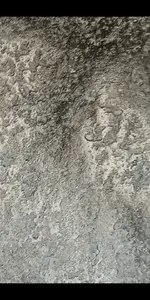 Screenshot_20221126-195115.png471.4 KB · Views: 66
Screenshot_20221126-195115.png471.4 KB · Views: 66 -
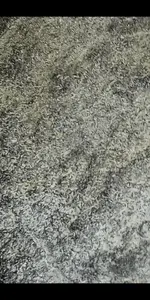 Screenshot_20221126-195450.png516.3 KB · Views: 57
Screenshot_20221126-195450.png516.3 KB · Views: 57 -
 Screenshot_20221126-195549.png461.3 KB · Views: 57
Screenshot_20221126-195549.png461.3 KB · Views: 57 -
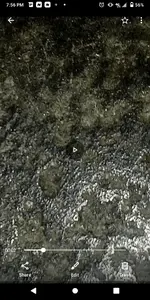 Screenshot_20221126-195604.png473.2 KB · Views: 58
Screenshot_20221126-195604.png473.2 KB · Views: 58 -
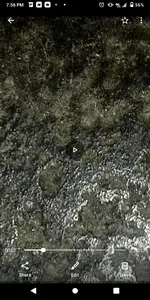 Screenshot_20221126-195604.png473.2 KB · Views: 57
Screenshot_20221126-195604.png473.2 KB · Views: 57 -
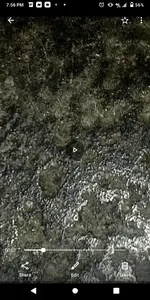 Screenshot_20221126-195604.png473.2 KB · Views: 71
Screenshot_20221126-195604.png473.2 KB · Views: 71





